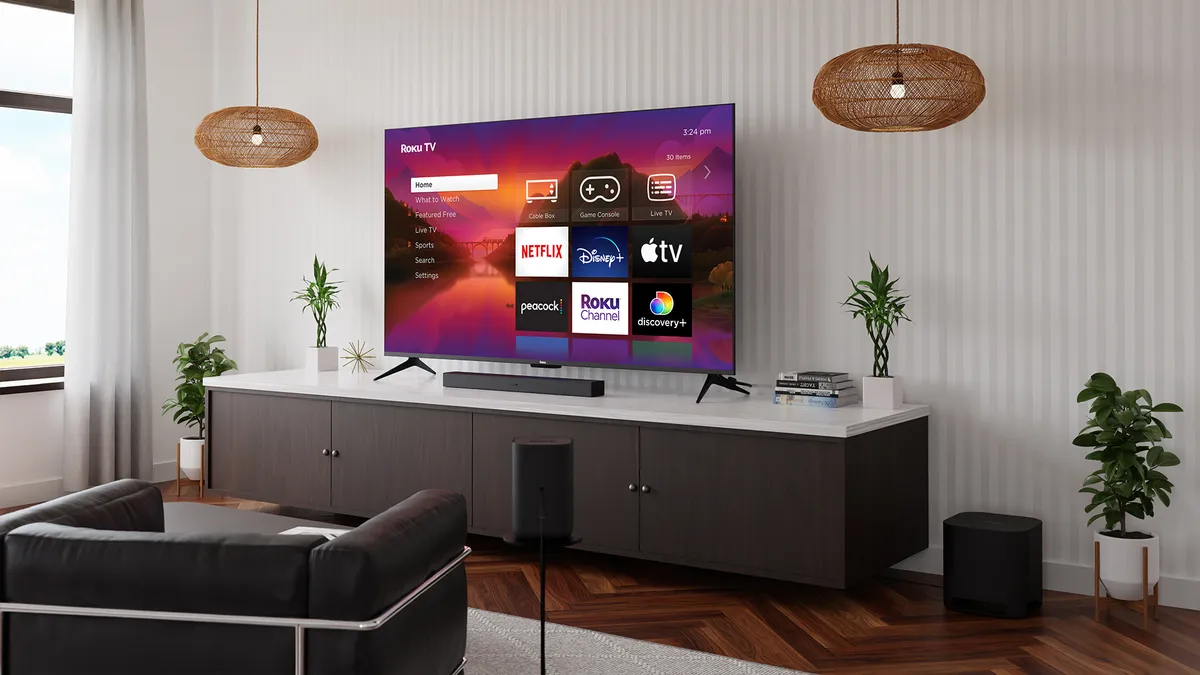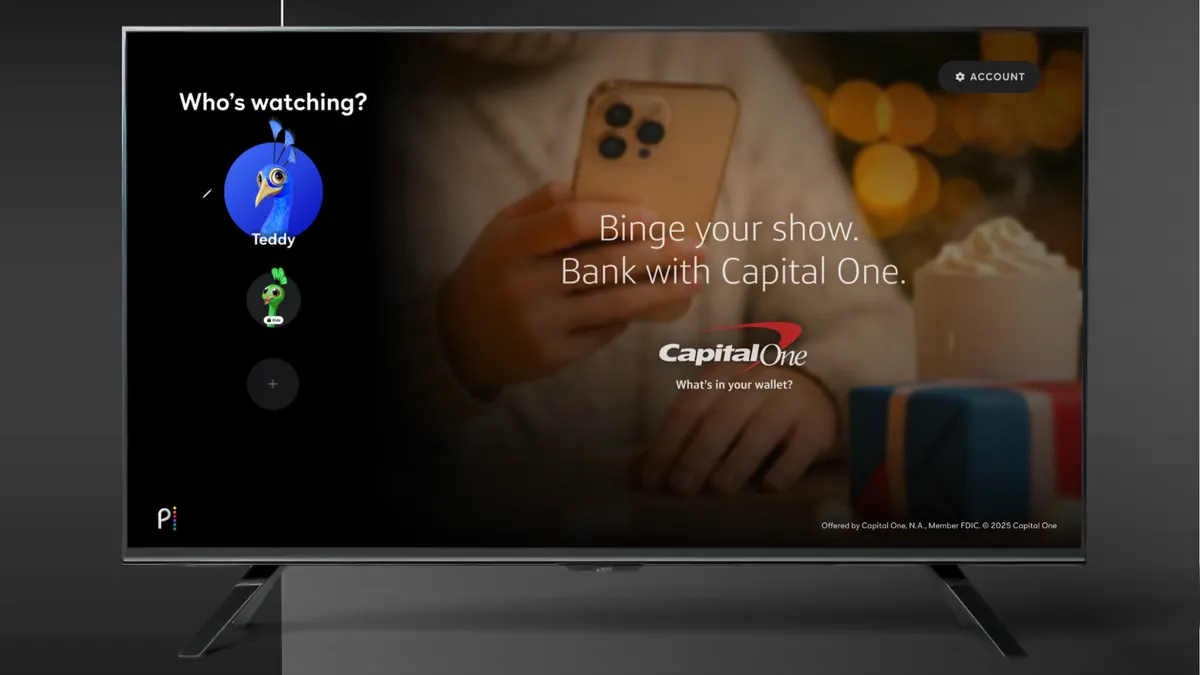If anyone was surprised by the Media Rating Council's decision to suspend Nielsen's National TV ratings accreditation a few weeks ago, they must not have been paying attention to the media market for the past several years.
With media fragmentation having been part of the marketing landscape for more than a decade, coupled with calls for more transparency from all corners of the industry, a reckoning for measurement standards like Nielsen was probably inevitable, but was hastened by the pandemic, according to several industry sources. Indeed, perhaps the biggest surprise is that it took this long to reach this point. The industry has been clamoring for a multichannel, multiplatform ratings system for years.
"We can send people to the moon, but we can't get cross-channel ratings down pat," said Andrea Marder, executive vice president of strategic partnerships at Mediassociates.
Viewing habits evolve
MRC's suspension, which took effect in mid-September and also impacted the company's local people meter and set meter market service, was prompted by a request from the Video Advertising Bureau, which said in a statement that it had been investigating Nielsen data since March 2020.
"During our analysis, it became immediately apparent Nielsen's sample was not consistent with pre-Covid standards and therefore was negatively effecting TV viewership," the statement read.
Nielsen CEO David Kenny, in an open letter to clients, attributed many of the issues to precautions taken during the COVID-19 pandemic that caused a reduction in panel size.
"We admittedly had not considered an unprecedented global pandemic with extended restrictions on in-home visits in our planning," Kenny wrote in the letter.
Even as it acknowledged the MRC's decision, Nielsen noted its foray into cross-channel ratings, Nielsen One, would be ready for the market in fall 2022. That seems like a long way off, considering how quickly media and media consumption are changing.
And while the pandemic may have been the MRC's stated reason for disaccreditation, the issues were bubbling to the surface long before that.
"I don't think the national ratings were misaligned because of the pandemic," Marder said. "But it changed the way people viewed content, which left some people uncounted."
Self-inflicted wound
The pandemic also doesn't explain away the industry's frustration with the lack of transparency in measurement that has been brewing for years. Because of its size and general acceptance in the market, Nielsen continued to be the industry standard, making only incremental adjustments as the industry fundamentally shifted around it.
"This is the natural outcome of a self-inflicted wound," said Billy Courtney, head of digital partnerships at The Stable. "This is something that everyone has been asking for for years that they failed to recognize early enough."
For its part, Nielsen has said that the suspension will not impact the usability of its data and that the company is working with the MRC to resolve the issues, according to a statement reported by Adexchanger. The company also said it expected to be the "currency of choice" for media companies, advertisers and agencies even without the MRC's accreditation.
However, the competition sees opportunity in Nielsen's troubles, which could undermine the company's standing in a quickly evolving space. VideoAmp and iSpot, which approach measurement from a digital-first perspective, are already in the market. Comscore has reportedly requested an MRC accreditation audit for national and local television ratings. That audit is scheduled to begin this month. NBCUniversal has also apparently issued an RFP to more than 50 measurement companies to help track usage across streaming services and devices. In September, Nielsen announced it would launch an "Impressions First Initiative" in January 2022 in conjunction with the company's integration of broadband-only homes in its local measurement metrics.
The reality is that none of those companies — Nielsen included — is poised to offer a one-stop solution. Instead, agencies and marketers will use a mosaic of tools to measure and price their campaigns, meaning many of their frustrations aren't going anywhere soon.
"There's no one good solution, and they're all going to need to play together for a while," Marder said.
An imperfect solution
That mosaic will likely still include Nielsen, which, for better or worse, remains the industry standard for measurement, particularly when it comes to linear TV ratings.
"There's nothing that's going to match their massive size," Courtney said. "Until we're presented with a scaled alternative, it's pretty much what we're left with."
And that, to say the least, is imperfect. Even if everyone is negotiating off the same bad data, the pricing and results are still not providing an accurate accounting of a campaign's effectiveness.
"Nielsen vs. MRC demonstrates the ongoing evolution for the need of measurement change," said Kimberly Lockett, director of channel strategy at KSV. "Advertisers and marketers want a viable cross-channel platform measurement solution."





















